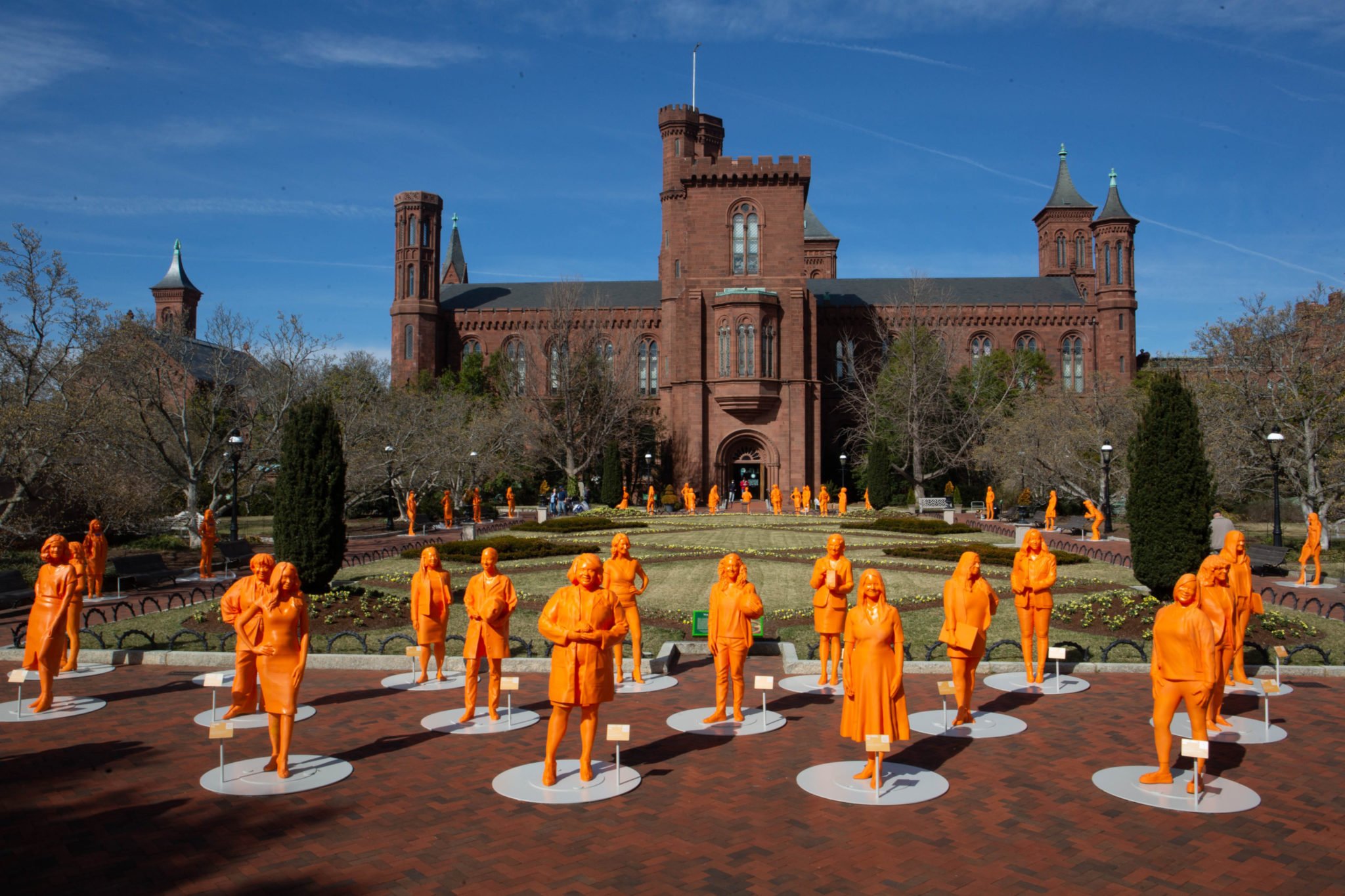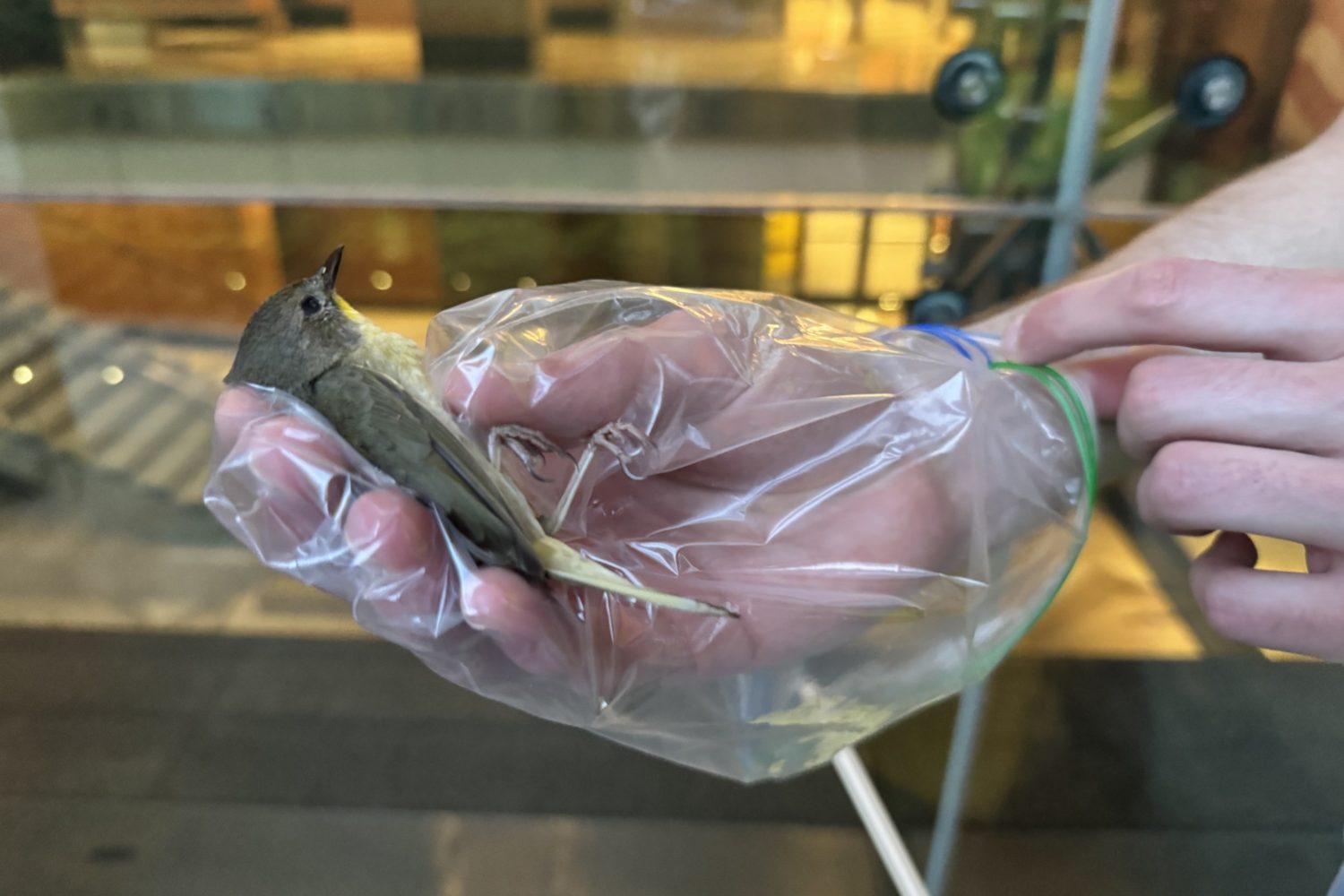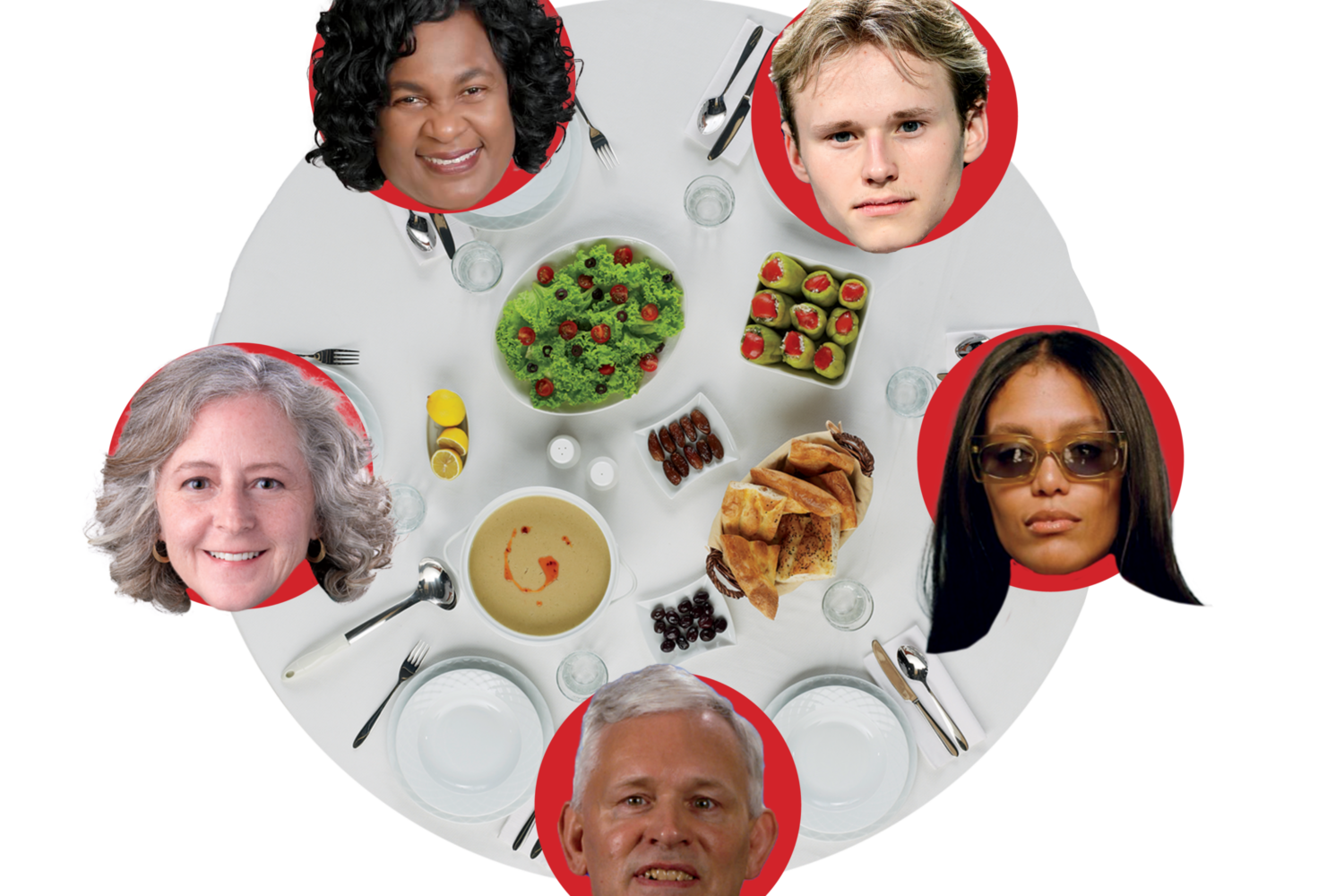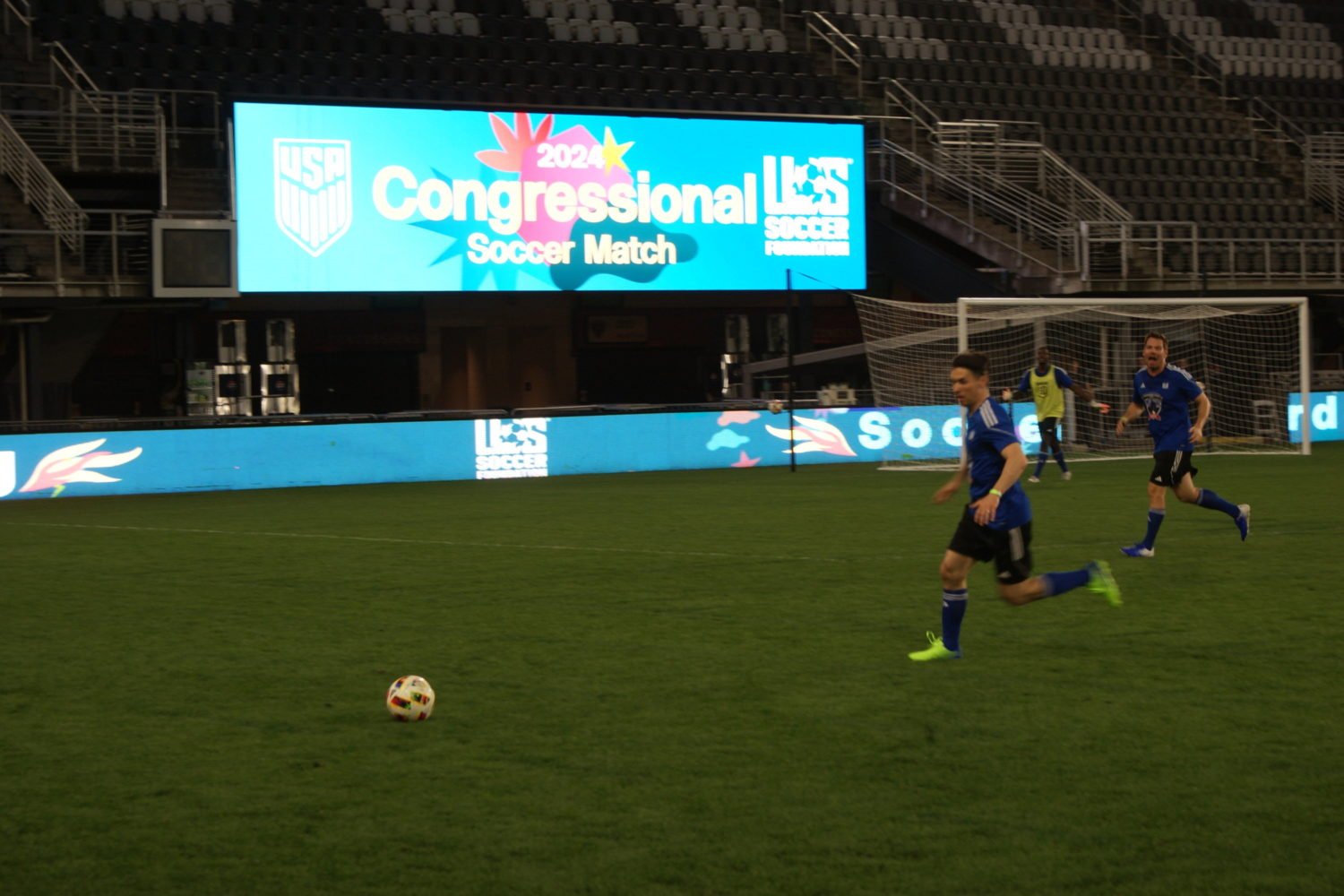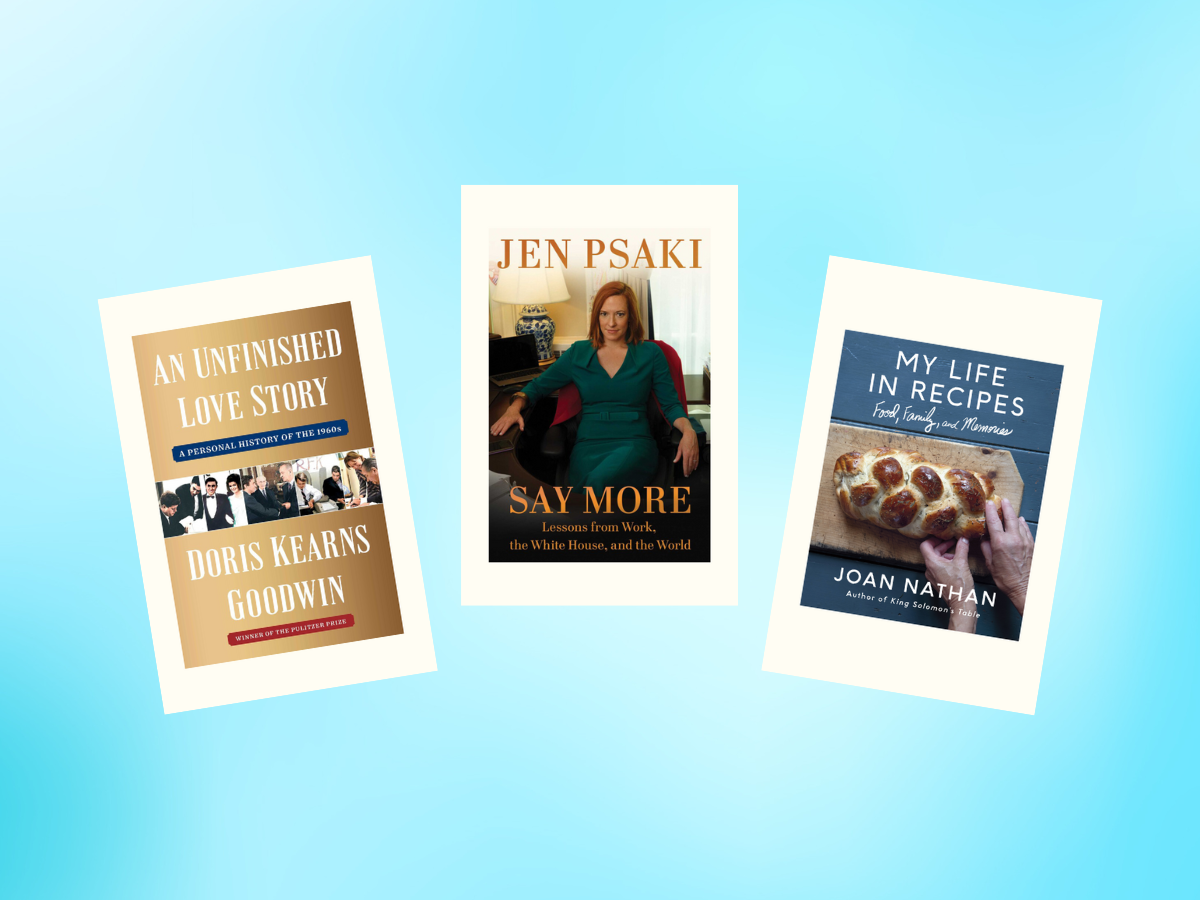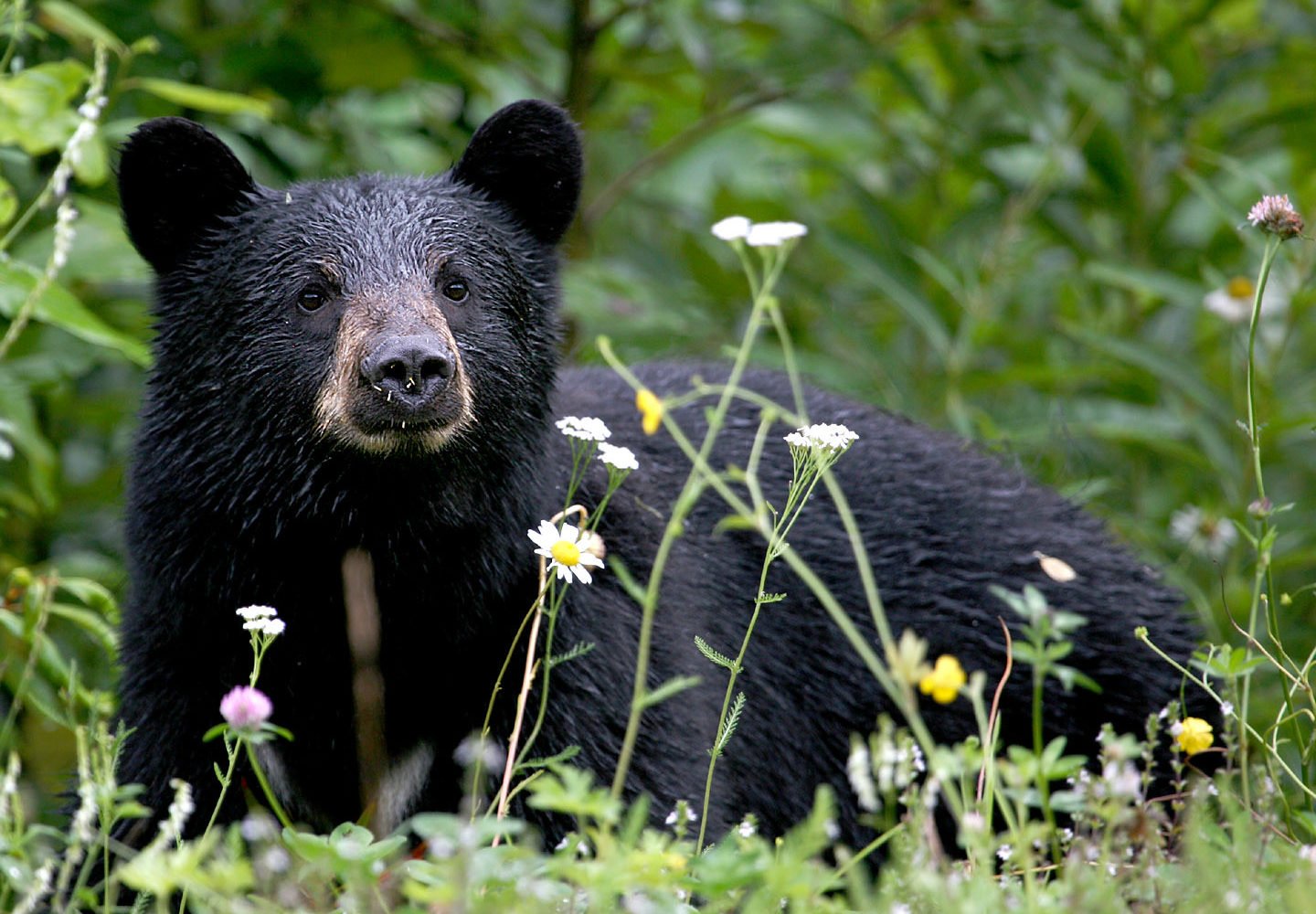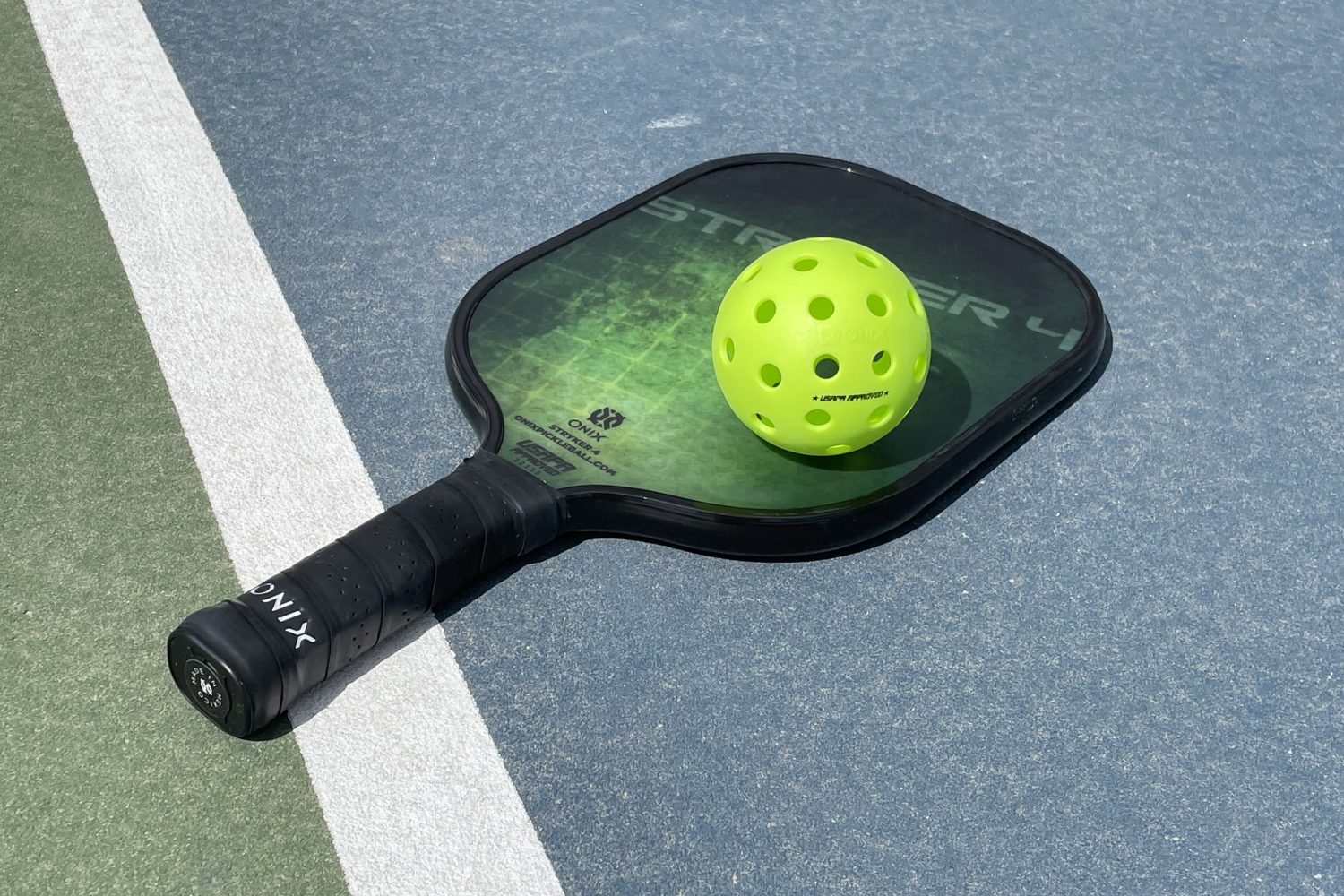Since they arrived on the National Mall last weekend, the 120 bright-orange sculptures of women who work in STEM fields have been all over social media. The #IfThenSheCan exhibit is a collaboration between the Smithsonian and If/Then, an initiative that aims to connect girls with female leaders in science and technology. Through March 27, the statues can be found at the Smithsonian Arts and Industries Building, the National Museum of Natural History, the National Air and Space Museum, and the Enid Haupt Garden.
We wanted to know more about the real women who inspired the sculptures—all of whom are members of the If/Then ambassador program, in which they serve as role models to the next generation of female scientists. During a 2019 training summit, the ambassadors were surprised to learn they would get turned into 3D-printed statues. We spoke to five DC scientists who are depicted in the exhibit.
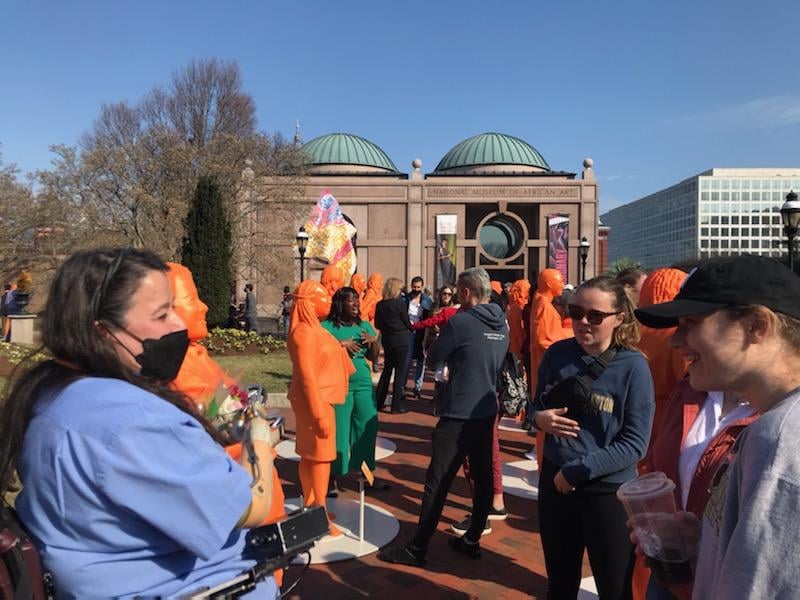
Dana Bolles, spaceflight engineer
Dana Bolles’s life-long interest in engineering grew from her own disability: She became fascinated by the mechanics of her prosthetic arms at age two, and by her own wheelchair at age three.
The spaceflight engineer has been working at NASA for nearly three decades. Though she didn’t know any engineers with disabilities when she was growing up, Bolles says that didn’t discourage her. Instead, she says, “That drove my desire to be independent and also to be able to support myself.” Still, she wants other young people to have better representation. Through community outreach and public speaking events, she has worked for years to expand opportunities in the engineering world for people from underrepresented groups, such as women, the LGBTQ+ community, and others with disabilities. “Part of what drives me to want to talk to kids and to the public is to just highlight [that] you need to just keep going. If you have something in mind that you want to do, you have the power to do it, regardless of all the other things that seem to want to stop you.”
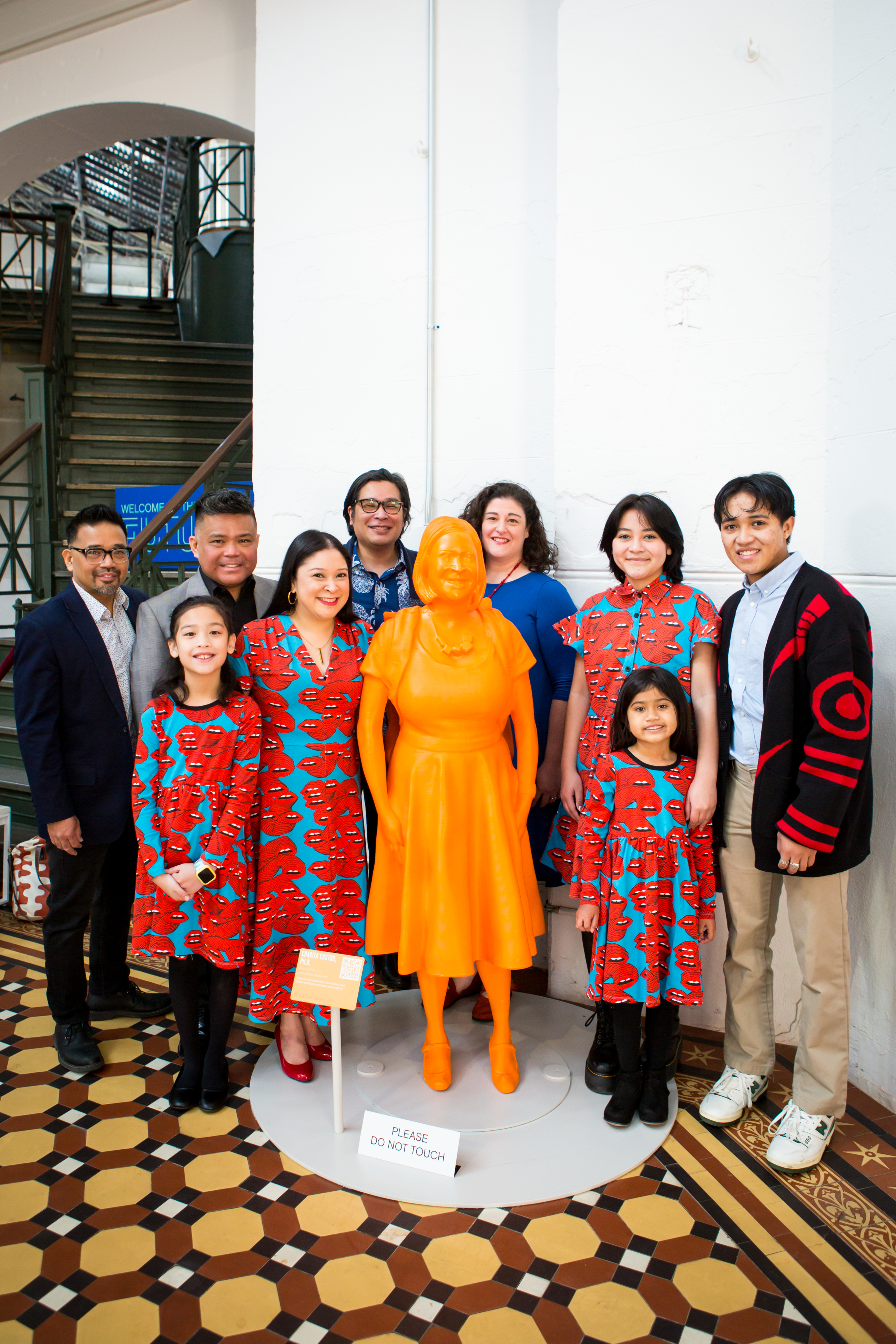
Charita Castro, social sciences researcher
Charita Castro became an If/Then ambassador in 2019 because, as a Filipino American, she says she wanted to showcase Asian American representation in the program. That desire only grew stronger, she says, as anti-Asian hate crimes and incidents spiked across the country in the past couple years. Now working at the United States Trade Representative, Castro says her older brother’s attempted suicide after enduring racist bullying in high school was what first drew her to social work. She worked at a suicide prevention hotline before switching gears; she now uses data to design polices to end worldwide child labor. “I just always had this feeling of wanting to combine my heritage of being Filipino American with my career,” Castro says. “The more and more I studied child poverty, the Philippines kept coming up. A lot of women in the Philippines were sort of the pioneers who helped lead the global movement against child labor.”
Castro says she has faced sexual harassment, racism, and sexism throughout her life. In school, she says she was often the only woman in her classes, having to deal with being called out for her mistakes and dealing with comments on “how advanced her statistical programming was.” One piece of advice she gives to young girls interested in STEM: “You don’t always have to be the best at something. But you do have to be passionate about it. Because when you’re passionate about it, you’re going to do everything you can to learn it.”

Davina Durgana, human rights statistician
As a human rights statistician at the Minderoo Foundation’s Walk Free initiative, a group focused on eradicating modern slavery, Davina Durgana uses analytical models to track human trafficking and make policy recommendations in order to protect vulnerable communities, such as young kids, from modern slavery. At Walk Free, she co-authored the Global Slavery Index, a report that calculates human trafficking in each country and assesses and ranks government responses. Durgana’s advice to girls is that they don’t have to limit themselves to one interest and that it’s important to “keep their minds open to the fact that they don’t have to be good at just one thing.” (For instance, Durgana speaks multiple languages—French, Spanish, and Urdu, in addition to English.)
Despite being bright orange, Durgana says the statues are quite accurate. She says hers even nailed her dimples. During opening weekend, Durgana, who is Latina, and many of the other women stood beside their statutes to greet the spectators. Durgana says it was heartwarming to watch other brown girls respond excitedly to her sculpture.

Lataisia Jones, neuroscientist
When Lataisia Jones saw her statue at the Smithsonian Gardens, she broke down in tears. In that moment, she says, it felt like she was looking at a physical symbol of her success. Growing up, Jones, who is Black, did not see any representation of herself in academia or in the media. It wasn’t until working in labs under female leaders during college that she felt inspired to study neuroscience. In 2017, she became the first Black woman to earn a biomedical sciences PhD at Florida State University. At neuroscience conferences, she says she can count the number of Black female scientists on one hand. She became an If/Then ambassador to change that: “The more girls that see these different versions of what it looks like to be in STEM, to [see] STEM leaders that come in different sizes, colors, cultures, ethnicities, and whatever else, the more girls will be encouraged to go towards those careers.”
Known as “Dr. Tay,” Jones hosts youth-oriented educational programs, such as “Young Scientist Wednesday” at Children’s National Hospital, and she also uses YouTube and TikTok as platforms to teach kids science concepts through at-home experiments. And after the murder of George Floyd in 2020, she launched “S.T.E.M.ing While Black,” an initiative to connect Black students with Black STEM professionals as mentors. It has led her to partner with PBS and the National Science Foundation to increase resources made available to Black girls interested in STEM careers.
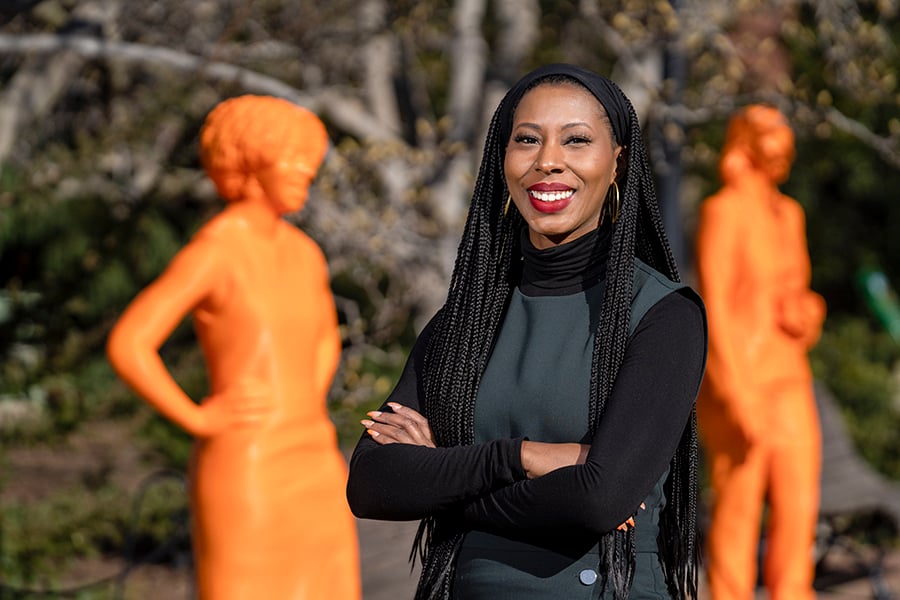
Ciara Sivels, nuclear engineer
Growing up, Ciara Sivels wanted to be a pastry chef. But when her high-school chemistry teacher noticed she was excelling in his class and suggested she pursue engineering, she began to reconsider her career trajectory. Though Sivels still bakes from time to time, she’s now a nuclear engineer at Johns Hopkins University Applied Physics Laboratory where she studies how radiation affects materials. Sivels says that while she’s a natural at math and sciences, she didn’t feel prepared during her undergrad years at MIT, in large part because nuclear engineering is a small and heavily male-dominated field. Still, she says her parents always encouraged her—while growing up in the pre-dominantly white town of Chesapeake, Virginia—to let her work speak for itself in white-dominated spaces. Sivels later became the first Black woman to graduate with a PhD in nuclear engineering at the University of Michigan in 2018.
“Sometimes you are going to have to work harder to prove yourself,” she says. “But…you know your worth and you know what you bring to the table. So I kind of have always led with that mindset.” Sivels’s advice to young girls: Be open-minded. “Everything that you work with and that you see everyday has some aspect of STEM in it,” she says. “I think if you’re open-minded to that and finding something in the world that interests you, you can make a career out of that.”

